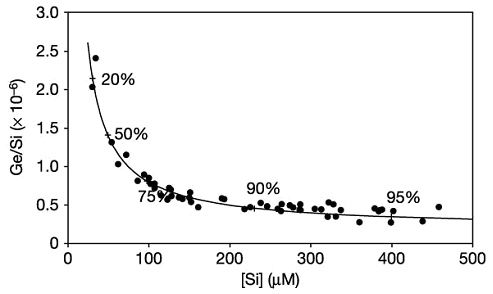
Figure 1: Plot of Ge/Si against [Si] from Hawaiian stream
waters.
Data are from ref. 12 and this study. The hyperbolic curve is
a two-component mixing model, in which component 1 is derived
from the dissolution of biogenic silica and has Ge/Si = 0.25×10-6
and [Si] = 1,800 μM, and component 2 is derived from the dissolution
of soil minerals and has Ge/Si = 2.6×10-6 and [Si]
= 25 μM. Hawaiian streams generally show lower [Si] and higher
Ge/Si at high discharge. The discharge-weighted stream fluxes
have Ge/Si < 1 and [Si] > 80 μM, implying that component 1 is
the larger contributor of dissolved silica and indicating a major
role for biogenic silica in controlling stream Si export. Labelled
crosses on the mixing curve indicate the modelled fraction of
biogenic Si.
〔Derry,L.A., Kurtz,A.C., Ziegler,K. and Chadwick,O.A.(2005): Biological control of terrestrial silica cycling and export fluxes to watersheds. Nature, 433, 728-731.から〕
- 成分①:Biogenic Silica(phytolith-derived Si)
Ge/Si=0.25×10-6および [Si]=1,800 μM - 成分②:Soil minerals(weathering-derived Si)
Ge/Si=2.6×10-6および [Si]= 25 μM.